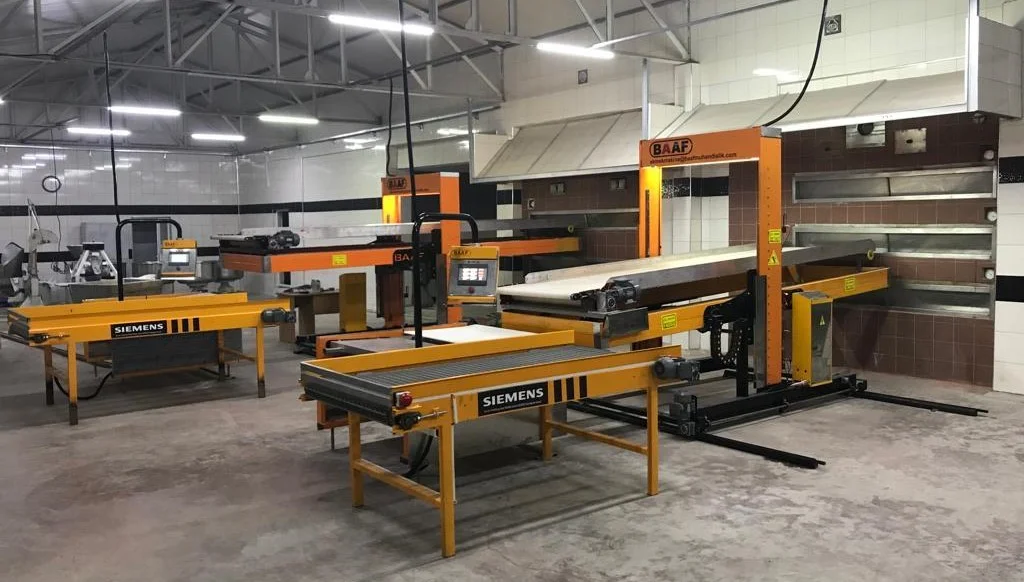Bread automation machines are vital machines for today's modern industrial bread production. The development of these machines is a significant milestone for industrial bread production.
The first bread automation machines were designed as an automated bread-making machine to replace human labor. The history of bread automation machines began in the late 19th century. At that time, as automation technology was slowly developing, many industries were seeking new methods to automate their production processes. The bread industry followed this trend, and the first automatic bread-making machines began to emerge.
In the 1890s, Joseph Lee, an American inventor, developed the dough mixing machine used to make bread. Lee's machine automated the bread-making process by using special molds to roll and shape the dough. This sped up the bread-making process and reduced labor costs.
In 1907, Otto Frederick Rohwedder developed the first bread slicing machine for making sliced bread. Rohwedder combined his machine with a special packaging machine to package and store sliced bread, making it easier to produce and store sliced bread.
In the 1930s, fully automated production lines were developed for bread production. These lines automated all stages of bread production, including dough preparation, resting, cutting, shaping, baking, and packaging. This made a significant breakthrough in industrial bread production and accelerated the production process.
In 1961, the Chorleywood bread-making method was revolutionary for the British bread industry. This method was used to produce lighter, softer, and longer-lasting bread. The Chorleywood method further developed automation and accelerated industrial bread production.
Today, bread automation machines have become a necessary tool for producing high-efficiency and quality products. Machines that are automated in all stages, including dough preparation, baking, and packaging, play a significant role in industrial bread production. Bread automation machines are still being continuously developed, particularly with the increasing demand for healthier bread options. They are equipped with new technologies designed to produce whole-grain and bran bread. Moreover, in recent years, digital technologies have been integrated into bread automation machines.
This has enabled the machines to achieve greater efficiency in the production process and reduce errors. The history of bread automation machines has played a significant role in the development of industrial bread production. Nowadays, bread automation machines are synonymous with high-efficiency, quality control, and production.


